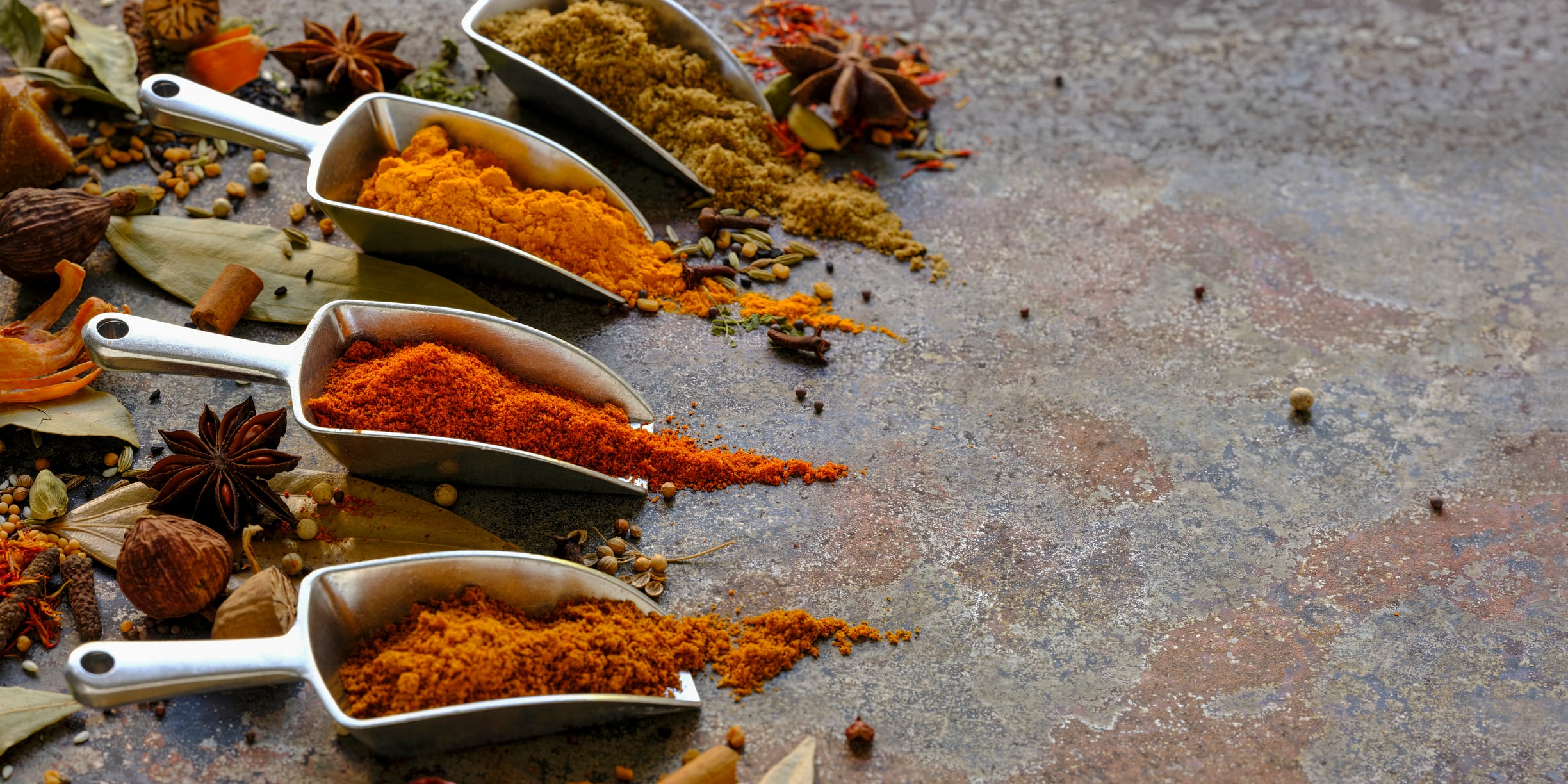As product development teams map their 2026 pipelines, the major flavor houses are pointing in the same direction: consumers want flavors that feel real, skillfully crafted and surprisingly modern, while also being photogenic and shareable.
Newstalgia and global flavors
In recent years, “newstalgia” and global flavors have led industry trend reports. At this stage, they have evolved from trends into established staples of the food and beverage market.
“In my opinion the reason why these trends have lasted so long, and clearly seem to be here to stay, is for one simple reason: They aren’t stagnant, they are dynamic,” Silvia Schnicker, director of marketing at Edlong, stresses in the company’s Food & Beverage Trends Defining 2025 & A Look Ahead to 2026.
Flavor houses see these categories as safe playgrounds for innovation, allowing brands to align flavors with lifestyle and values while still experimenting. The key is to move beyond simple throwbacks, focusing instead on craft, storytelling and modern positioning.
ADM’s 2026 Flavor and Color Trend Outlook trend report reinforces this perspective: “Honoring the familiar as a springboard for ‘safe’ innovation. Exploration grounded in familiarity, allows hybrids and new twists of classics to keep nostalgia and innovation alive for risk-conscious consumers. Taste and colors that honor tradition while celebrating modernity.”
More on that in Food Navigator’s Soup to Nuts podcast episode.
Global flavors, meanwhile, are benefiting from social media’s ability to collapse culinary boundaries.
Yutian Xu, digital marketing analyst at Edlong, observes, “People love to explore new flavors like ‘cocada’ (a traditional coconut confectionery popular in Latin America), which went viral and sold quickly on TikTok. Whether it’s at a restaurant or from the grocery store, these global flavors allow people to do that and open themselves to unique cuisines they’d maybe never experience otherwise.”
Flavor stories infused with craft and technique
Flavor houses also predict in 2026 a demand for next-level flavor descriptors and sensory experiences. Consumers are increasingly drawn to flavors that highlight cooking methods, fermentation, toasting, origin and layering.
FlavorSum’s 2026 Food and Beverage Trends identifies the rustic foods category as a sweet spot for this prediction while also addressing the needs of GLP-1 users, a group representing about 12% percent of North Americans.
In other words, the push for layered, skillfully crafted flavors aligns with the growing interest in texture-rich, nutrient-dense foods that deliver both pleasure and functional benefit, which ADM calls the “Give Me More” trend.
For US brands, this means embedding culinary techniques in flavor names while keeping the labels informative and comprehensible on-pack.
Kerry’s 2026 Simplicity Amplified trend prediction explores the demand for more than just “clean labels,” but rather prioritizing transparency and nutrient-dense simplicity with the sentiment, “It’s not just about what’s removed – it’s about what’s revealed.”
Brands get phygital
Cooking and meal experiences are becoming increasingly interactive. According to HelloFresh research, more than 90% of people surveyed plan to cook as much or more in the coming year. While brands can’t fully replicate the energy of immersive food service, phygital experiences are bridging the gap.
Packaging and smartphone technology can transform simple products into interactive experiences. For example, a package might include animations demonstrating cocktail techniques, recipes, a brand’s sourcing story or even a VR look into Pillsbury Doughboy’s home. These experiences satisfy the demand for personalization, skill and shareability, connecting consumers to brands in ways beyond the traditional.
How to capitalize on these predictions
For 2026, US consumers will reward flavors that are authentic, skillfully crafted and visually compelling, combined with formats and experiences that reflect modern lifestyles.
The bottom line: The future is dynamic flavor storytelling, where taste, experience and cultural connection intersect. Brands that can navigate this landscape thoughtfully will stand out in a US market that increasingly values authenticity, creativity and experiential eating.

